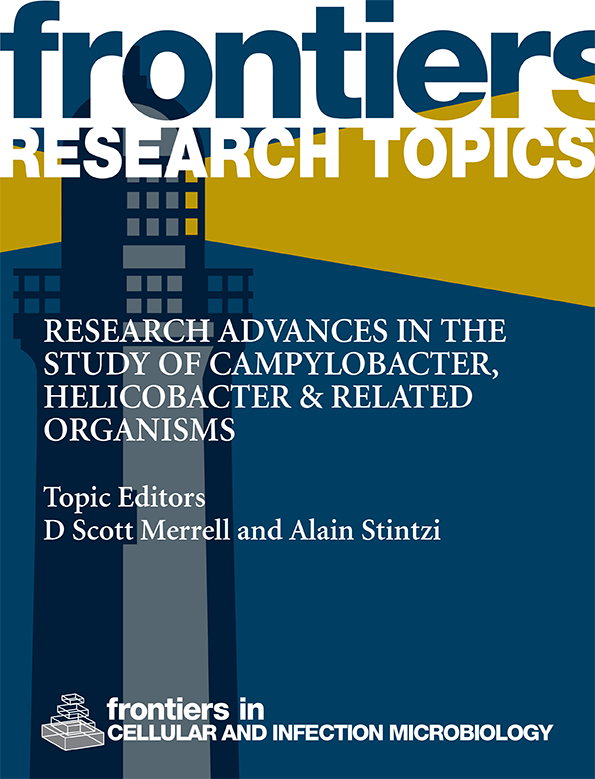Comparing NGS-Based identification of bloodstream infections to traditional culture methods for enhanced ICU care: a comprehensive study
IF 4.6
2区 医学
Q2 IMMUNOLOGY
Frontiers in Cellular and Infection Microbiology
Pub Date : 2024-09-12
DOI:10.3389/fcimb.2024.1454549
引用次数: 0
Abstract
BackgroundAccurate identification of infectious diseases using molecular techniques, such as PCR and NGS, is well-established. This study aims to assess the utility of Bactfast and Fungifast in diagnosing bloodstream infections in ICU settings, comparing them against traditional culture methods. The objectives include evaluating sensitivity and specificity and identifying a wide range of pathogens, including non-culturable species.MethodsWe collected 500 non-duplicate blood samples from ICU patients between January 2023 and December 2023. Specimens underwent traditional culture, MALDI-TOF, VITEK基于 NGS 的血流感染鉴定与传统培养方法在加强 ICU 护理方面的比较:一项综合研究
背景利用 PCR 和 NGS 等分子技术准确鉴定传染病已得到广泛认可。本研究旨在评估 Bactfast 和 Fungifast 在 ICU 环境中诊断血流感染的实用性,并将它们与传统的培养方法进行比较。目标包括评估灵敏度和特异性,以及鉴定各种病原体,包括不可培养的物种。方法我们在 2023 年 1 月至 2023 年 12 月期间收集了 500 份来自 ICU 患者的非重复血液样本。结果在 500 份样本中,26.8%(n=134)的样本通过传统培养方法显示有细菌生长,4.8%(n=24)的样本显示有真菌生长。MALDI-TOF 和 VITEK®2 紧凑型系统的结果相当,能鉴定出 26.4%(n=132)的标本有细菌生长。基于 NGS 的 Bactfast 检测出 38.2%(n=191)的样本中存在细菌,包括传统方法漏检的不可培养的细菌。不过,基于 NGS 的 Fungifast 真菌检测率与培养方法一致。通过培养方法确定的病原体包括肺炎克雷伯菌 20.89%(n=28)、粪肠球菌 18.65%(n=25)、大肠埃希菌 15.67%(n=21)、铜绿假单胞菌 12.68%(n=17)、鲍曼不动杆菌 10.44%(n=14)、各种链球菌 7.46%(n=10)、结核分枝杆菌 6.71%(n=9)、脓肿分枝杆菌 4.47%(n=6)和沙门氏菌 2.98%(n=4)。非培养基 NGS 发现了其他(n=33)病原体,包括肺炎克雷伯氏菌 27.27%(n=9)、脆弱拟杆菌 21.21%(n=7)、病毒性大肠埃希菌 15.15%(n=5)、按蚊伊丽莎白金虫 12.12%(n=4)、沙门氏菌 9%(n=3)、梭菌 9%(n=3)和硫杆菌 6%(n=2)。结论基于 NGS 的 Bactfast 和 Fungifast 在鉴定 ICU 患者的多种细菌和真菌病原体方面表现出极高的灵敏度,在检测不可培养的生物体方面优于传统的培养方法。这些分子检测方法具有快速、全面的诊断能力,可通过及时、准确地鉴定病原体来改善临床效果。
本文章由计算机程序翻译,如有差异,请以英文原文为准。
求助全文
约1分钟内获得全文
求助全文
来源期刊

Frontiers in Cellular and Infection Microbiology
IMMUNOLOGY-MICROBIOLOGY
CiteScore
7.90
自引率
7.00%
发文量
1817
审稿时长
14 weeks
期刊介绍:
Frontiers in Cellular and Infection Microbiology is a leading specialty journal, publishing rigorously peer-reviewed research across all pathogenic microorganisms and their interaction with their hosts. Chief Editor Yousef Abu Kwaik, University of Louisville is supported by an outstanding Editorial Board of international experts. This multidisciplinary open-access journal is at the forefront of disseminating and communicating scientific knowledge and impactful discoveries to researchers, academics, clinicians and the public worldwide.
Frontiers in Cellular and Infection Microbiology includes research on bacteria, fungi, parasites, viruses, endosymbionts, prions and all microbial pathogens as well as the microbiota and its effect on health and disease in various hosts. The research approaches include molecular microbiology, cellular microbiology, gene regulation, proteomics, signal transduction, pathogenic evolution, genomics, structural biology, and virulence factors as well as model hosts. Areas of research to counteract infectious agents by the host include the host innate and adaptive immune responses as well as metabolic restrictions to various pathogenic microorganisms, vaccine design and development against various pathogenic microorganisms, and the mechanisms of antibiotic resistance and its countermeasures.
 求助内容:
求助内容: 应助结果提醒方式:
应助结果提醒方式:


